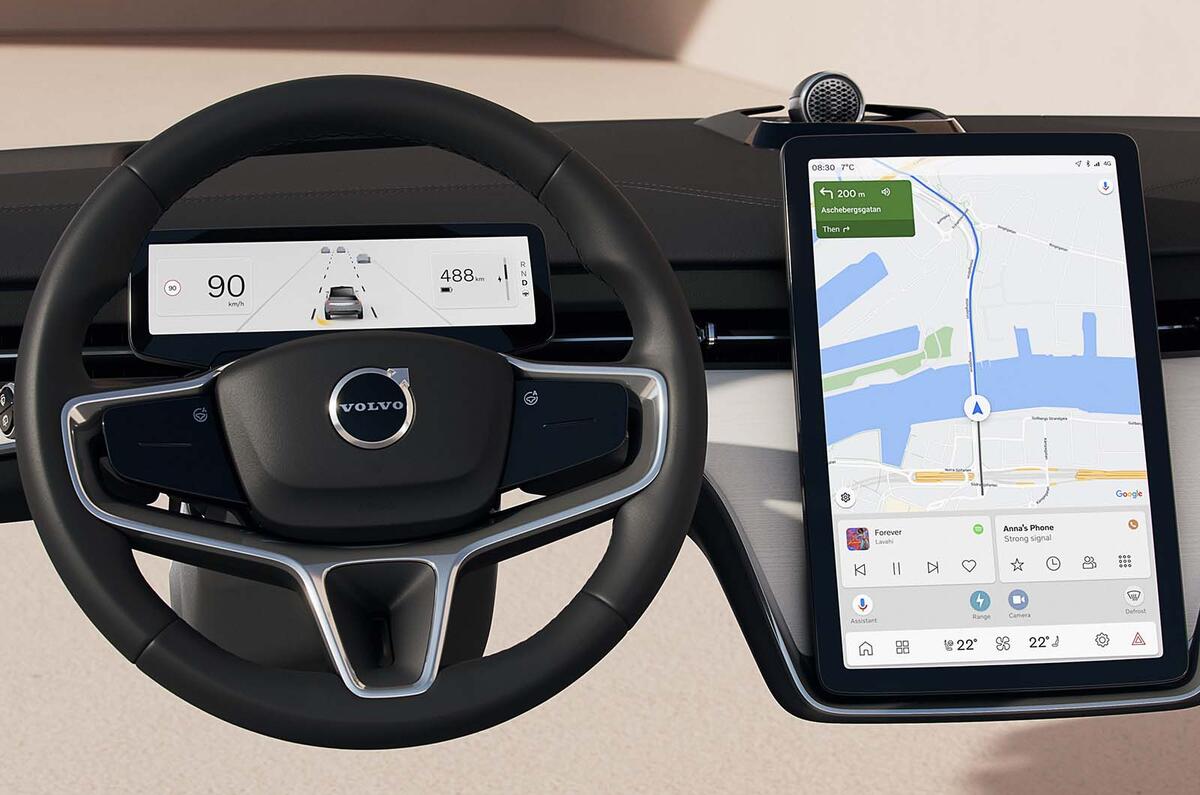Is it really 40 years since the launch of the groundbreaking third-generation Audi 100, with its drag coefficient of just 0.30? It was a big deal at the time and reflected the change in thinking following the fuel crisis of the 1970s from which the world had not long emerged.
The subtle 100 certainly looked smooth compared with others of that era, but it was far from exotic and perhaps that’s what made its revolutionary aerodynamics all the more interesting.
It’s no secret how important that point in the timeline of the automobile has become, but today, given the massive improvements in knowledge and technology that are available, what can we expect in the future? How much can drag continue to be reduced? How will it affect the look of cars? What impact does electrification have and will it have in the future?
Parasitic drag caused by the air gripping the surface of the car and trying to slow it down is fearsomely powerful, increasing by the square of the speed. Put simply, that means that doubling the speed requires four times the power to overcome the drag. Think, for a moment, how much effort goes into massaging the design of powertrains to extract more power, and all of a sudden the fuss made about aero makes more sense.
Because electric powertrains are so much more efficient than combustion engines, the contribution of aerodynamics to a car’s overall efficiency becomes even more alarming.
According to Thomas Wiegand, manager of aerodynamics R&D at Porsche, drag accounts for 30% to 40% of losses in electric cars on the WLTP drive cycle, possibly rising to 50% in the real world. In comparison, losses due to drag account for just 10% of the overall losses in combustion-engine cars.
The good news is that EVs have several advantages over ICE cars in the aero department. One is that the power units generate far less heat to dispose of, and that means little or no airflow is needed through a radiator and engine bay.
Another is that a lack of exhaust plumbing – and drivetrain components in some cases – means undersides are easier to make absolutely smooth. Increasing use of active aero devices, such as shutters, means that only the amount of air needed is allowed to flow over brake discs and radiators.
The Porsche Taycan and Mercedes EQS are achieving drag coefficients of 0.22 and 0.20 respectively, and the Mercedes EQXX concept drives that down to an almost unbelievable 0.17.
Mercedes aerodynamics engineer Stefan Kröber says the figures translate to energy consumption of 15kWh per 62 miles for the EQS, but that drops significantly to 10kWh for the EQXX. Porsche expects cars will change shape while moving in the future, possibly by using shape memory materials.








Join the debate
Add your comment
... and yet a recent road test (I forget which) shows that swaping a chunky conventional wing mirror for a slim camera one only improves the range by one misery mile.
Aerodynamics requires a slippery shape which is often space inefficient. To make up for reduced cabin space, the car has to be larger and so heavier which in turn uses more fuel.
What does the final balance sheet in terms of aerodynamics vs fuel efficiency vs cabin space look like is I suspect very hard to quantify.
And Volvo recently said that the processing power needed for digital mirrors used too much energy to make any aeroodynamic advantage worthwhile.
Personally, I think all the manufacturers' talk about aerodynamic superiority is a bit of a smokescreen, they should be putting more time and effort into reducing the weight of these bloated machines.
It's true that the aerodynamic drag force increases with the square of speed, but the power requirement actually increases with the cube of speed. So to double the speed actually requires EIGHT times the power. It's not quite so bad in terms of energy, since when speed doubles the time for which that power is needed is halved, so doubling the speed "only" uses twice as much energy. Still I'd agree that aero is very important as is cruising at the slowest speed you can tolerate, whatever the power source!One further thought: weight reduction is even more important than drag reduction. A lighter car will use less energy pretty much all of the time as a result of its having less rolling resistance - and also when accelerating. Drag reduction mostly only matters above 50mph when aerodynamic forces exceed those of rolling resistance. So, what's needed is lighter, smaller more slippery vehicles. Let's not forget it's the Drag coefficient x frontal area that matters, not just the Cd.